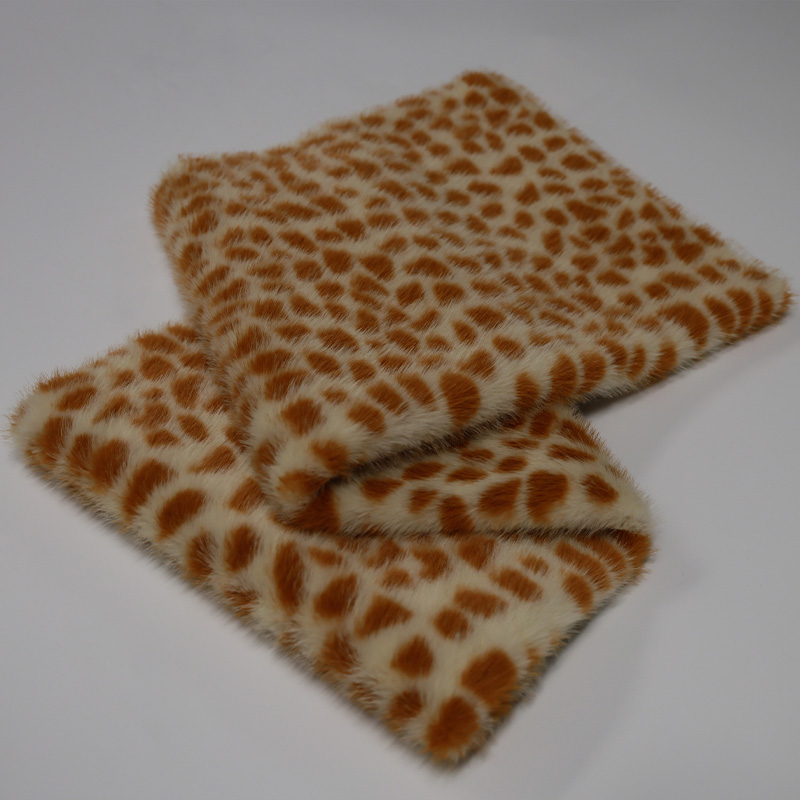











In the realm of fashion and textiles, faux fur has emerged as a significant alternative to genuine animal fur, particularly faux marten fur, which mimics the appearance of marten fur. This artificial material has garnered attention for its unique aesthetic qualities and ethical considerations. However, like any product, faux marten fur has its own set of merits and demerits that deserve careful evaluation.

Merits of Faux Marten Fur
One of the most compelling merits of faux marten fur is its ethical appeal. The production of genuine marten fur often involves the trapping and killing of wild animals, a practice that raises concerns among animal rights activists and eco-conscious consumers. Faux marten fur, being a synthetic material, eliminates this ethical dilemma. It allows fashion enthusiasts to embrace a look that resembles genuine marten fur without contributing to the exploitation of animals.
Moreover, faux marten fur offers versatility in design and color. Unlike genuine fur, which is limited by the natural colors and patterns of the animal, faux fur can be dyed and treated to create a wide range of hues and textures. This makes it a highly adaptable material for various fashion trends and personal styles.
In terms of durability, faux marten fur can also hold its own against genuine fur. With proper care, faux fur can maintain its appearance and texture for extended periods, making it a cost-effective investment in the long run. Additionally, faux fur is generally easier to clean and maintain, requiring less specialized care than genuine fur.
Demerits of Faux Marten Fur
Despite its ethical and design advantages, faux marten fur is not without its drawbacks. One significant demerit is its environmental impact during production. The manufacturing process of synthetic materials often involves the use of harmful chemicals and significant energy consumption. This can lead to pollution and contribute to the overall environmental footprint of the fashion industry.
Furthermore, the quality of faux marten fur can vary widely depending on the manufacturer. Some faux fur products may not be as durable or realistic in appearance as others, leading to disappointment among consumers who expect a high-quality finish. This variability can also make it challenging for consumers to make informed purchasing decisions.
Additionally, while faux fur may be easier to clean than genuine fur, it can still be susceptible to certain types of damage. For example, excessive exposure to heat or sunlight can cause fading or deformation in the material. This requires consumers to be mindful of their faux fur's care and storage needs to ensure its longevity.
Conclusion
In conclusion, faux marten fur presents a compelling alternative to genuine marten fur, offering ethical appeal, design versatility, and durability. However, it is not without its challenges, including environmental concerns during production, variability in quality, and specific care requirements. As with any fashion choice, consumers should weigh these merits and demerits carefully to make informed decisions that align with their personal values and lifestyle needs. Ultimately, the decision to embrace faux marten fur will depend on individual priorities and preferences in the ever-evolving world of fashion.